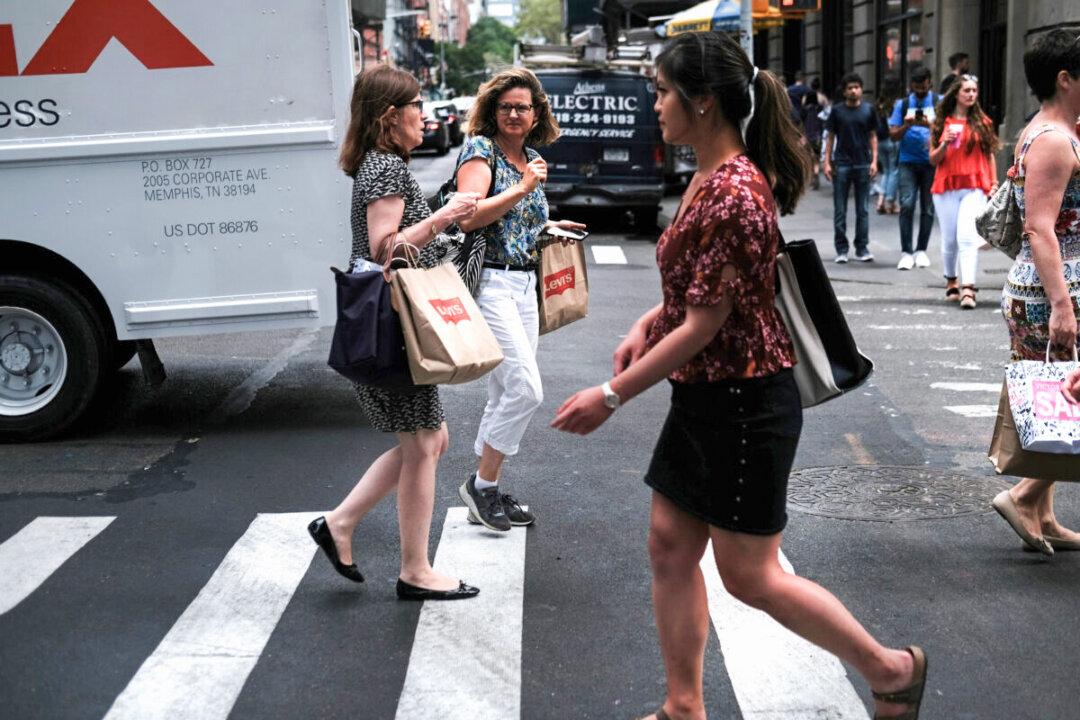Consumer spending—a key driver of the U.S. economy—saw a modest bump in September, even as inflation remained stuck at a 30-year high for the fourth month in a row and labor costs in the third quarter rose at their highest level in 20 years.
The Commerce Department said on Oct. 29 that that the Fed’s preferred inflation gauge, the so-called core PCE price index, rose by 3.6 percent in the 12 months through September. That’s the fourth consecutive month that the measure has been stuck at an annualized 3.6 percent—the highest reading in 30 years and well above the Fed’s 2 percent target.




